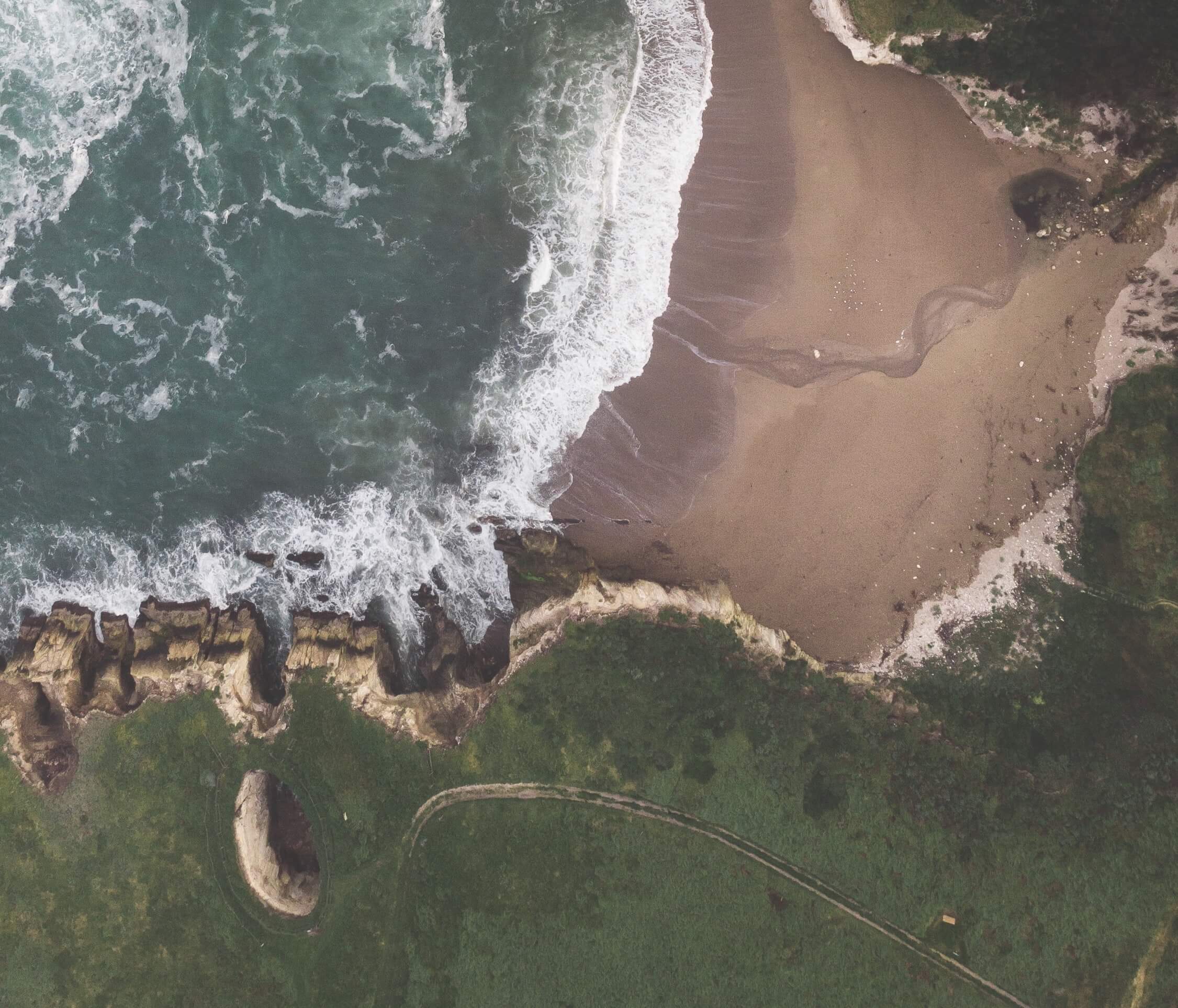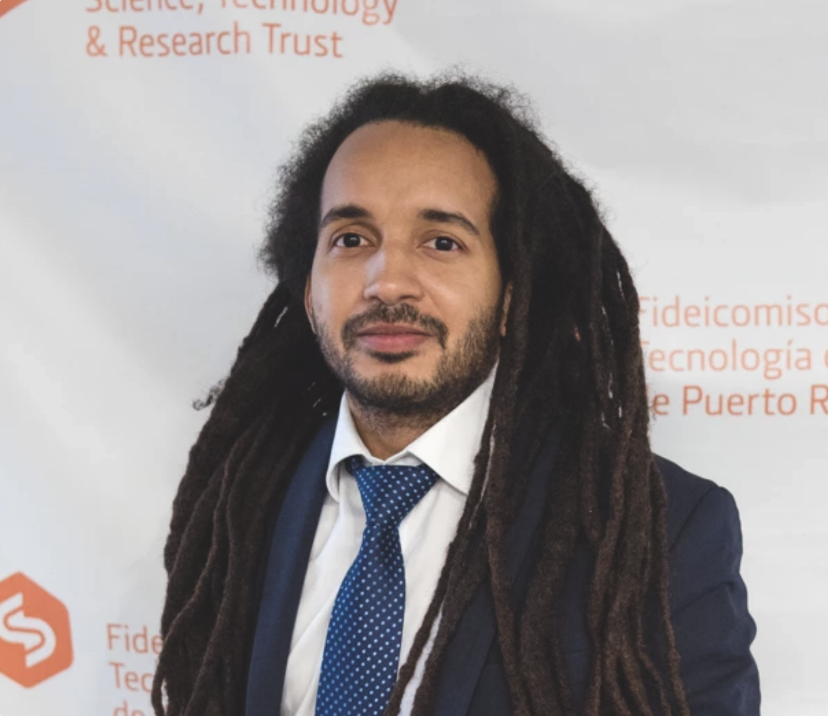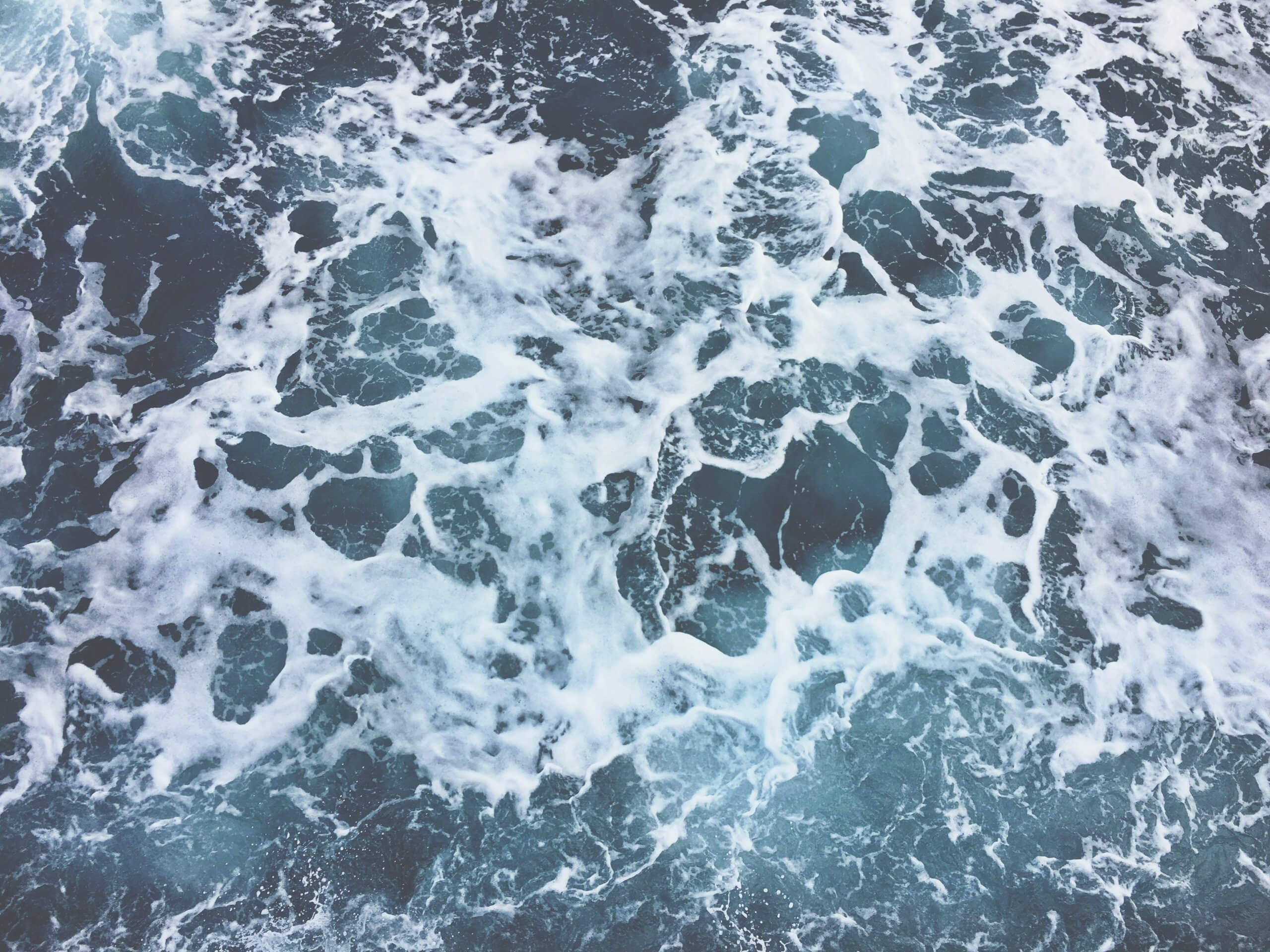Last Tuesday, Washington State Governor Chris Gregoire announced the release of recommendations from the Washington State Blue Ribbon Panel on Ocean Acidification and underscored the effort with an Executive Order for the state to take action on this issue. The 28 member panel was the first of its kind in the country and was notable for the prominent role that both science and scientists played in the process. From the first public meeting in March 2012, the seven scientists on the Panel worked tirelessly to convey the current state of ocean acidification science to both their fellow Panel members and meeting attendees. Having worked with many of the Panel scientists over the past year on effective communication about this topic, including at the recent COMPASS Ocean Acidification Communication Workshop, and following the process closely, I can say that this was no small task.
For starters, most people know very little about ocean acidification. While the chemistry is simple (when CO2 dissolves in water it lowers the pH), many other environmental and biological processes interact with this simple chemistry to influence the ultimate effects on marine life. In fact, ocean acidification science has grown exponentially in recent years (see chart below). As our understanding has increased, so has the number of new and interesting questions raised. However, the Panel scientists dove in and were able to produce a report that clearly lays out what we already know from a scientific standpoint and identifies the most pressing questions for continued research. This ability to quickly synthesize and articulate the state of the science was key in convincing the rest of the Panel that ocean acidification is happening and already affecting at least one major industry (shellfish hatcheries) in Washington State.
With all of the recent coverage of the report’s release and Executive Order announcement (examples here, here, and here), it is easy to overlook the commitment of the Panel scientists over the last six months. They have truly been at the forefront of how science can inform policy recommendations, and, from talking to them individually throughout the process, I know they have the stories of industrious nights and weekends and countless report drafts to prove it. By being willing to step outside of their academic or agency research scientist roles, these scientists made it possible for the work of countless colleagues to have a voice outside the ivory tower. As Dr. Richard Feely (Senior Scientist, NOAA’s Pacific Marine Environmental Laboratory) puts it “We learned that by putting the scientists, legislators, educators and policy makers together on the panel we could work collaboratively and efficiently to develop well-reasoned and specific recommendations that would support and protect our vital marine ecosystems, sustain our shellfish industry, and enhance the economic growth of our state. For me, it was an excellent example of how good science and good public policy go hand-in-hand.”
Even just watching this process from the sidelines has been an inspirational reminder that there are many ways to make science matter in the wider world and that we should all encourage and support our colleagues who answer the door when opportunity knocks.



